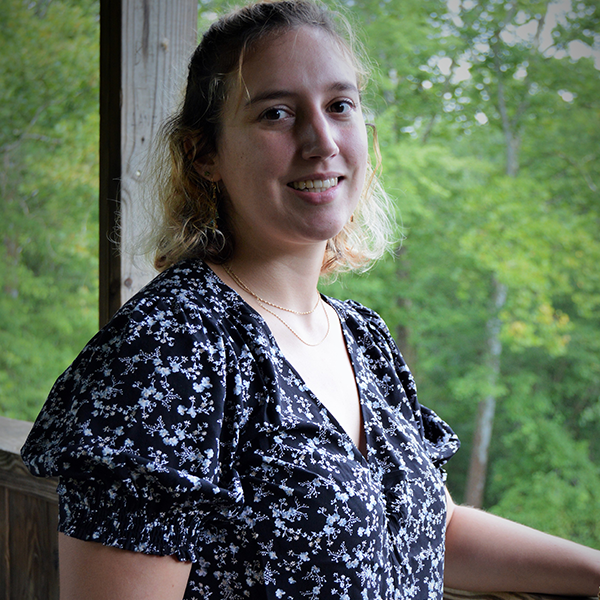
Breech in Time: Identifying and Dating Historical Textiles using ATR-FT-IR and HPLC-UV/Vis

Name: Brianna McKeen
Majors: Chemistry, History
Advisors: Dr. Karl Feierabend, Dr. Madonna Hettinger
Textile fibers are used in making most everyday items: clothing, carpets, furniture, ropes, and bags. The identification of these fibers is important as they form a significant part of cultural heritage. The best way to identify textiles is using a nondestructive method, such as ATR-FT-IR which is used in this study. Additionally, it is important to date textiles as they can give great insight into the past and the way people interacted and moved throughout society. Dating textiles also ensures that the history being told about a textile is accurate. This ensures that information presented to the public in museums is accurate and truly reflects the historical garment being presented. Without proper dating, museums often have to rely on the information that was given about a historical garment at the time it was donated. This information can be hard to confirm or research as it is most often a small amount of information presented on a note card. This problem with dating garments is most present at small museums that rely on volunteers for research. Dating textiles can be done in a non-destructive manner using mathematical ratios between ATR-FT-IR peaks. However, a more accurate date range can be found by identifying dyes found on a textile using HPLC-UV/Vis, which destroys a small part of a textile sample. In this study, both ATR-FT-IR and HPLC-UV/Vis will be used and to identify the textile used in and date a pair of breeches believed to be from the Revolutionary War.
Brianna will be online to field comments on April 16:
10am-noon EDT (Asia: late evening, PST: 6-8am, Africa/Europe: late afternoon)
Posted in I.S. Symposium 2021, Independent Study on April 4, 2021.
Related Posts
Related Areas of Study
History
Critically examine events and societies of the past and learn to tell the stories future generations need to know
Major MinorChemistry
Access to labs, research opportunities, and small classes give chemistry majors lots of options after graduation.
Major Minor

